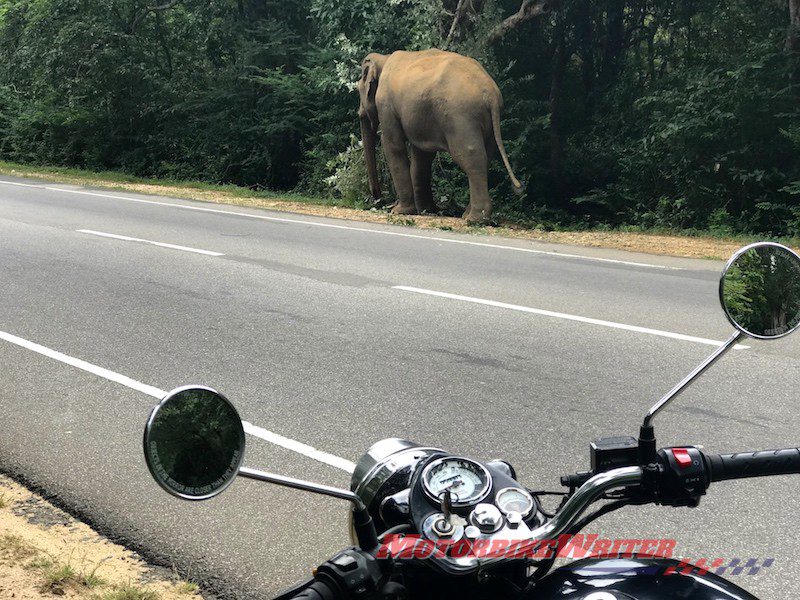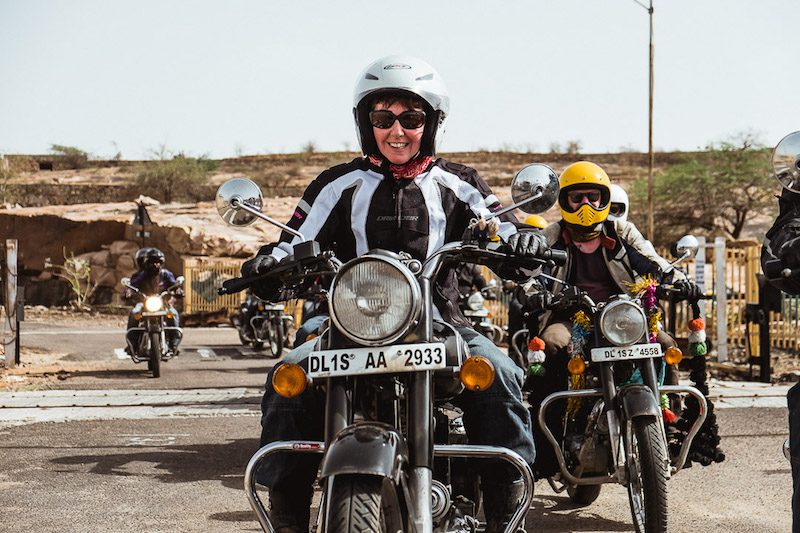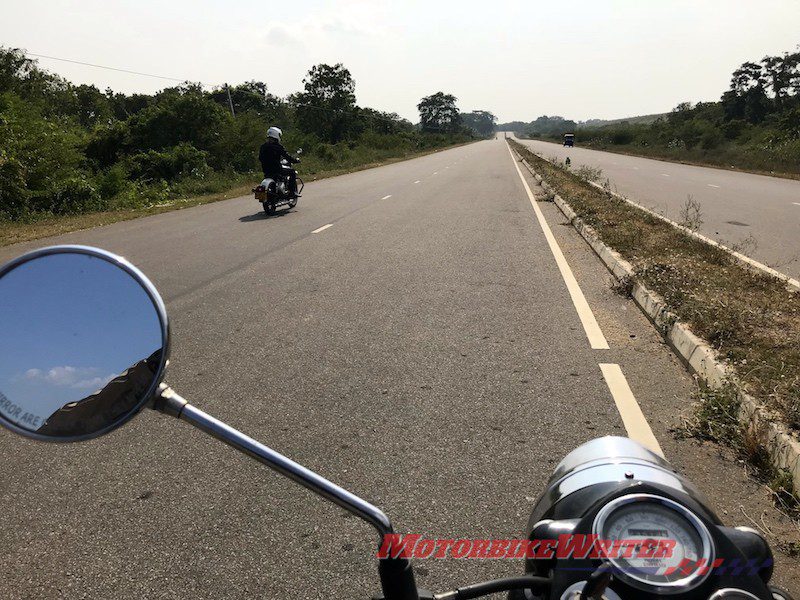Most riders don’t use their horn, but is vital for travelling safely in Asia, writes travel writer Maria Visconti. (Click here to check out legalities of horn use.)
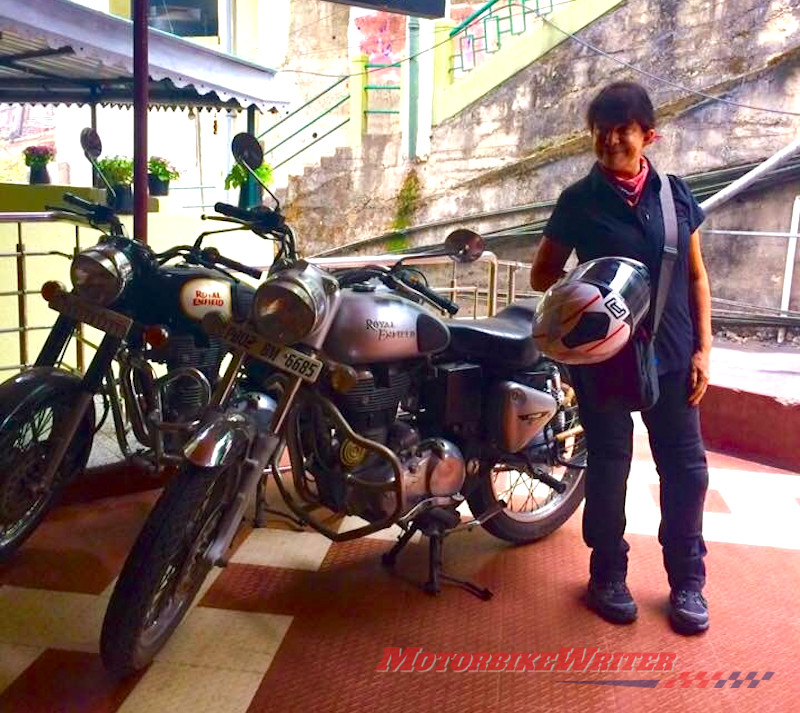
While most Australian riders will not automatically check where their rented bike’s horn is before starting to ride abroad — and would hardly remember where their own is at home — this low-tech, humble piece of equipment becomes a fundamental life saver when riding in Asia.
Most of us are told, in Vietnam particularly, to never stop or hesitate as a pedestrian while crossing a busy road. Hard to believe but it works. Scooters, motorcycles, trucks and tuk-tuks will calculate your speed and continue to flow around you. Stop and you are dead.
Constant horn
Riding a motorcycle on Indian highways requires the use of the horn constantly. This will not be seen as aggressive or impatient but as a welcome warning whether you are about to overtake or, most importantly, warning pedestrians poised to cross the highway that you are approaching … and at speed.
Be assured beeping will not elicit a road rage attack, as it would in Australia.
Some Indian National Highways cut through villages leaving pedestrians and assorted farming vehicles with no choice but to cross them for taking kids to school, driving tractors to another field or moving animals from one side to the other. Overhead pedestrian bridges are rare.
On these roads, a pedestrian’s perception is that a two-wheeled vehicle is less dangerous than a four-wheeled one since the majority of the two-wheeler traffic is composed of scooters and low-powered motorcycles.
Personal experience on North Indian Highways — riding pillion with my seasoned Indian partner — demonstrates this point. My first reaction at hearing his insisting tooting — but seeing nothing threatening around us — was of puzzlement. Why blow your horn if there are no vehicles to be overtaken or sometimes no vehicles at all? Then it dawned on me we were approaching a gap on the median strip with people crossing or waiting to cross.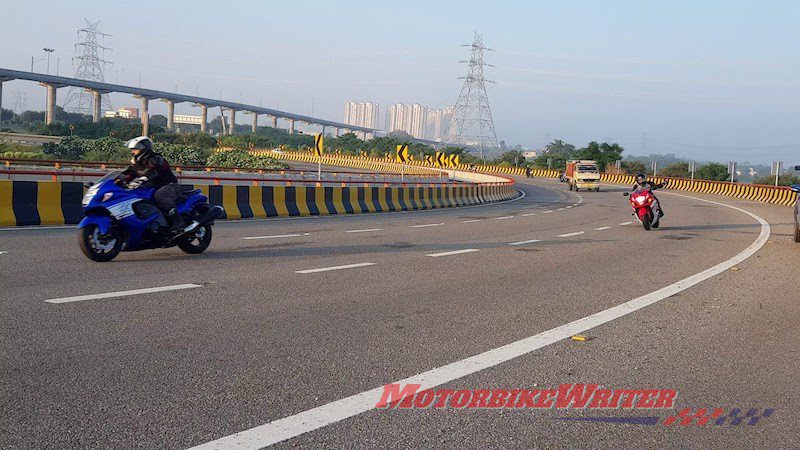
A few pointers:
- Pedestrians will not dash in front of cars or trucks but they will in front of a two-wheeler.
- Have in mind that there is no way a pedestrian can determine what kind of two wheeler is approaching at a distance. They will assume you will be able to stop.
- Beeping continuously to warm people that you are careering down the tarmac like a speeding bullet; that you are about 400kg heavy with luggage and that you cannot stop easily might be a lifesaving move for all involved.
- Flashing your headlamp repeatedly will definitely add to the urgency of the message. Something like Lord Shiva’s beaming Third Eye, a forewarning of impending doom.
So get that thumb and forefinger working and don’t be shy. Let them hang on in there for as long as it takes.
Imaginary third lane
On dual carriageways, median strips run unbroken for many kilometres. If you are a villager needing to move livestock or farm equipment to the other side of the highway and the nearest gap is to be found going against the oncoming traffic, well, you do just that.
If there is a shoulder, you take the shoulder and proceed against the flow. No harm in that. If there is no shoulder, well, the slow left lane will have to do. It makes total sense. The only problem is that heavy trucks cruise at low speed on the fast right lane as not to harm or inconvenience villagers, rickshaws or a herd of goats going home before sunset.
Got that? Read again if necessary.
Very thoughtful of the truckies, only it leaves you and your machine in a bit of a bind. But of course you will soon discover there is a third lane, illusory as it may seem, in between. Just enough room for you to overtake that slow-moving truck without hitting the caravan of tractors coming against you.
Divine bovine wisdom
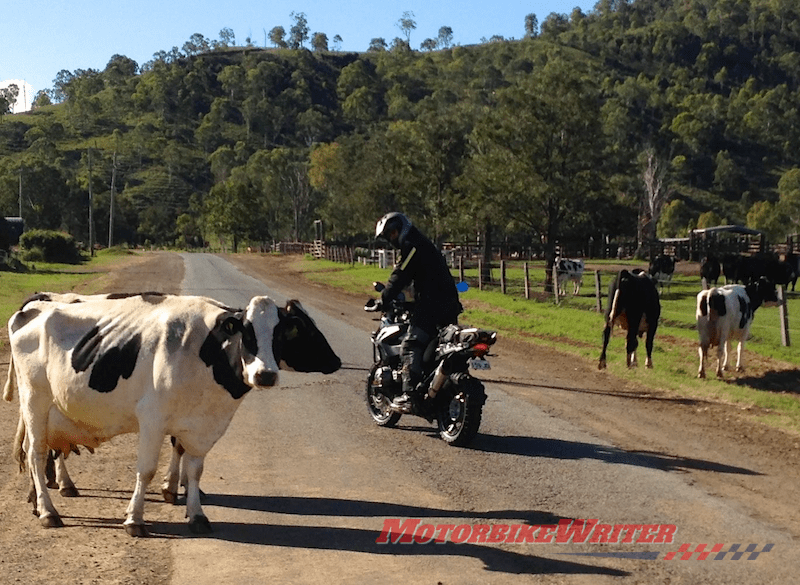
Finding that third lane on a dual carriageway will make you feel clever, only that cows — in their divine, bovine wisdom — have discovered it first.
It is not unusual to find a group of very relaxed cows sitting pretty on a highway’s imaginary third lane.
Now the power of prayer comes in handy: “God please let them stay sitting peacefully so I can thread the needle between them, the slow truck and the villagers on bicycles coming in the wrong direction”. It all works out in the end.
You just keep your nerve … and go. Hesitating is not an option. Everybody is gauging everybody else’s moves and adjusting accordingly.
As for the cows, they KNOW they are not going to be hit.


